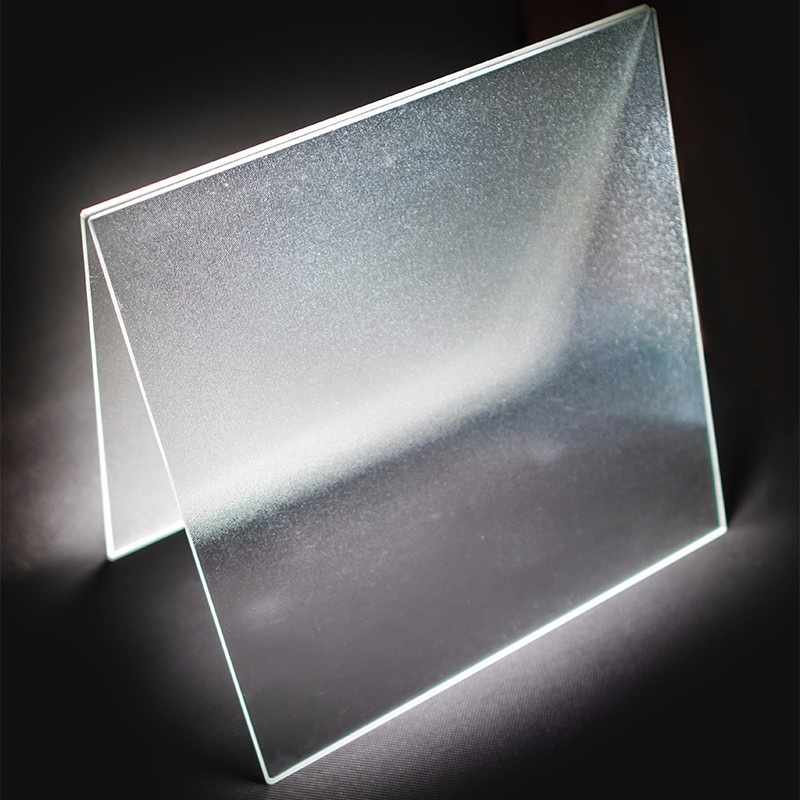

The Cost Factor of Low-E Glass A Comprehensive Overview
Low-E (low emissivity) glass has garnered significant attention in the construction and architectural sectors due to its energy-efficient properties. This specialized glass features a thin metallic coating that reflects heat while allowing visible light to pass through. As the focus on sustainable building practices intensifies, understanding the cost implications of low-E glass becomes essential for homeowners, builders, and architects alike.
What is Low-E Glass?
Low-E glass is designed to minimize the amount of ultraviolet and infrared light that can enter a building while still letting natural light in. The primary function of Low-E coating is to improve a building's energy efficiency, which can lead to substantial cost savings over time. By reducing the heat transfer through windows, Low-E glass can help maintain comfortable indoor temperatures, leading to decreased reliance on heating and cooling systems.
Initial Cost Considerations
The upfront cost of Low-E glass typically ranges from $5 to $10 per square foot, which is more expensive than standard double-pane glass, which can cost between $2 to $4 per square foot. However, these initial costs can be offset by long-term energy savings. The exact price of Low-E glass can vary based on several factors, including the type of Low-E coating (such as soft coat or hard coat), glass thickness, and whether it’s integrated into a window unit or purchased as a standalone product.
Energy Cost Savings
While the initial investment may be higher, Low-E glass can significantly lower energy expenses. According to the U.S. Department of Energy, homes equipped with Low-E glass can save between 20% to 40% on annual energy costs compared to those with standard glass. This reduction is primarily due to the enhanced thermal performance, which keeps homes warmer in winter and cooler in summer. Such energy savings can lead to a payback period of anywhere from 5 to 10 years, depending on the specific climate conditions and the efficiency of the heating and cooling systems in the home.

Long-Term Value and Benefits
Beyond the immediate energy cost savings, Low-E glass provides additional benefits that can enhance the overall value of a property. For instance, buildings with Low-E glass often achieve higher energy-efficiency ratings, which can be a significant selling point. In a competitive real estate market, homes with energy-efficient features are increasingly attractive to potential buyers. Furthermore, Low-E glass can help reduce fading of interior furnishings, carpets, and artwork due to its ability to filter out harmful ultraviolet rays, prolonging the life of these items.
Tax Incentives and Rebates
Various governments offer incentives and rebates for homeowners and businesses that utilize energy-efficient materials, including Low-E glass. These financial incentives can help alleviate the initial costs associated with upgrading to Low-E glass. Homeowners should check local and state programs that promote energy efficiency, as well as federal tax credits that may apply.
Installation Costs
An often-overlooked aspect of the total cost of Low-E glass is the installation. While the glass itself may be pricier, the labor associated with installation can also vary. Professionals may charge additional fees for the installation of Low-E windows, which may range from $50 to $100 per hour depending on location and complexity. It’s essential to hire experienced installers to ensure that the glass is fitted correctly to maximize its energy efficiency benefits.
Conclusion
In conclusion, while the initial cost of Low-E glass is higher than that of standard glass, the long-term savings on energy bills, potential tax incentives, and increased property value make it a financially sound investment. For homeowners considering energy efficiency upgrades, Low-E glass presents a viable option that aligns with modern sustainability goals. By weighing the upfront costs against the long-term benefits, homeowners can make informed decisions that will enhance their living spaces while contributing positively to the environment. As technologies improve and production scales increase, it is likely that the affordability of Low-E glass will continue to improve, making it an even more attractive choice for future building projects.